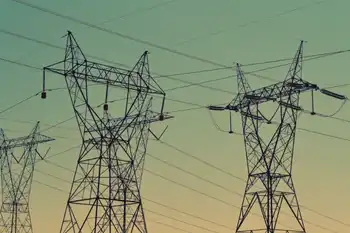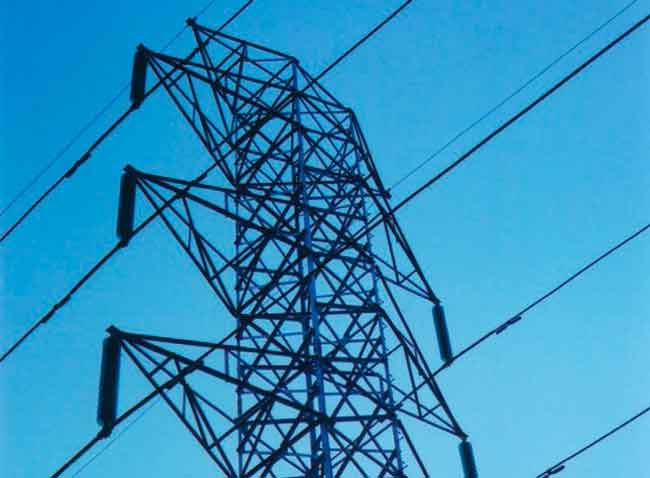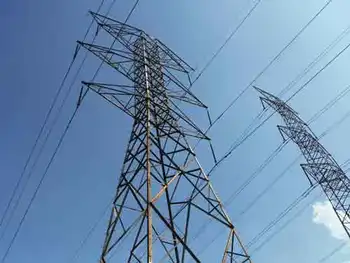Fisker to build hybrid cars at idled GM plant
WILMINGTON, DELAWARE - Luxury automaker Fisker Automotive is buying a shuttered General Motors assembly plant in Delaware to produce plug-in hybrid electric cars, officials said.
The California-based company has signed a letter of intent with Motors Liquidation Co. (MLC), formerly known as General Motors Corp., to purchase the Wilmington plant for $18 million after a four-month evaluation period.
Fisker, which recently won approval for $528.7 million in government loans to develop plug-ins, expects to spend another $175 million to refurbish the facility before production of next-generation hybrids begins in 2012.
Fisker expects Project NINA will create or support 2,000 factory jobs and more than 3,000 vendor and supplier jobs by 2014, with full production capacity of between 75,000 and 100,000 vehicles per year. More than half the cars will be exported, the largest percentage of any domestic manufacturer.
"This is a major step toward establishing America as a leader of advanced vehicle technology," said CEO Henrik Fisker, who described the production of electric hybrids as part of "the most dramatic change in the car industry ever."
Vice President Joe Biden was among those on hand to announce the resurrection of the GM plant, which produced the Saturn Sky and Pontiac Solstice roadsters, as well as an Opel version that was exported to Europe, before closing this summer.
"I refuse to believe that we will not once again lead the entire world in the manufacturing of automobiles," Biden told a crowd of more than 1,000, including scores of union workers. "This factory in Delaware, and the industry, are going to get back up off the mat."
The vehicles to be built in Delaware under Fisker's Project NINA will cost about $40,000 after federal tax credits. They will be able to run mainly on electricity for short trips and a combination of electricity and gasoline for longer ones.
The Wilmington assembly plant, built in 1947, churned out more than 8.5 million cars. It employed more than 5,000 workers in the mid-1980s but ended production with a work force of only about 450 hourly workers.
"This is a great day for three reasons: job, jobs, jobs," said U.S. Sen. Ted Kaufman, D-Del., who replaced Biden in the U.S. Senate.
Fisker officials said the Wilmington site was selected for its size, production capacity, modern paint facilities, access to ports and rail lines and skilled work force.
Mike Hicks, 51, who worked for 32 years in the plant's paint department, was heartened by the news that cars will be built there once again.
"We have a good work force here, and it's always been a top quality plant in General Motors," Hicks said. "I'm glad they're giving us another chance to show what we can do."
It was not immediately clear whether former GM workers would be given priority status when Fisker begins hiring. Fisker spokesman Russell Datz said that decision likely will be made by union leaders.
"It's being negotiated," said Sam Lathem, president of the Delaware AFL-CIO.
"I'm sure they're going to want a skilled work force, and part of that will be workers who have been there," he added.
UAW President Ron Gettelfinger said persuading Fisker to locate in Delaware was "a true team effort."
"There was a lot of hard work involved, and it's going to pay off with manufacturing jobs that will be a great asset in Wilmington and in communities around the country, Gettelfinger said in a prepared statement.
U.S. Senators Benjamin Cardin and Barbara Mikulski, both Maryland Democrats, said the reopening of the plant will preserve 500 jobs for Maryland residents who worked at the facility.
Jim Hoffa, president of the International Brotherhood of Teamsters, welcomed the reopening of the auto plant.
"By rehiring laid-off workers, the White House and the company are showing a commitment to reinvesting in our national infrastructure," he said in a prepared statement.
Fisker told reporters that his company will demonstrate to consumers in the U.S. and overseas that electric cars can be powerful and sexy, and needn't be defined by dull styling and "range anxiety," about limited mileage between charges.
But energy efficiency is likely to remain a key selling point. Fisker noted that owners of Project NINA cars who drive 50 miles or less each day could rely almost entirely on electricity and might have to fill up the gasoline tank only once a year, an idea that could hit home with European drivers paying the equivalent of $6 to $8 for a gallon of gas.
"We're designing our cars for the world market," he said.
Related News

Why Is Georgia Importing So Much Electricity?
TBILISI - In October 2017, Georgian power plants generated 828 mln. KWh of electricity, marginally up (+0.79%) compared to September. Following the traditional seasonal pattern, the share of electricity produced by renewable sources declined to 71% of total generation (87% in September), while thermal power generation’s share increased, accounting for 29% of total generation (compared to 13% in September). When we compare last October’s total generation with the total generation of October 2016, however, we observe an 8.7% decrease in total generation (in October 2016, total generation was 907 mln. kWh). The overall decline in generation with respect to the…




